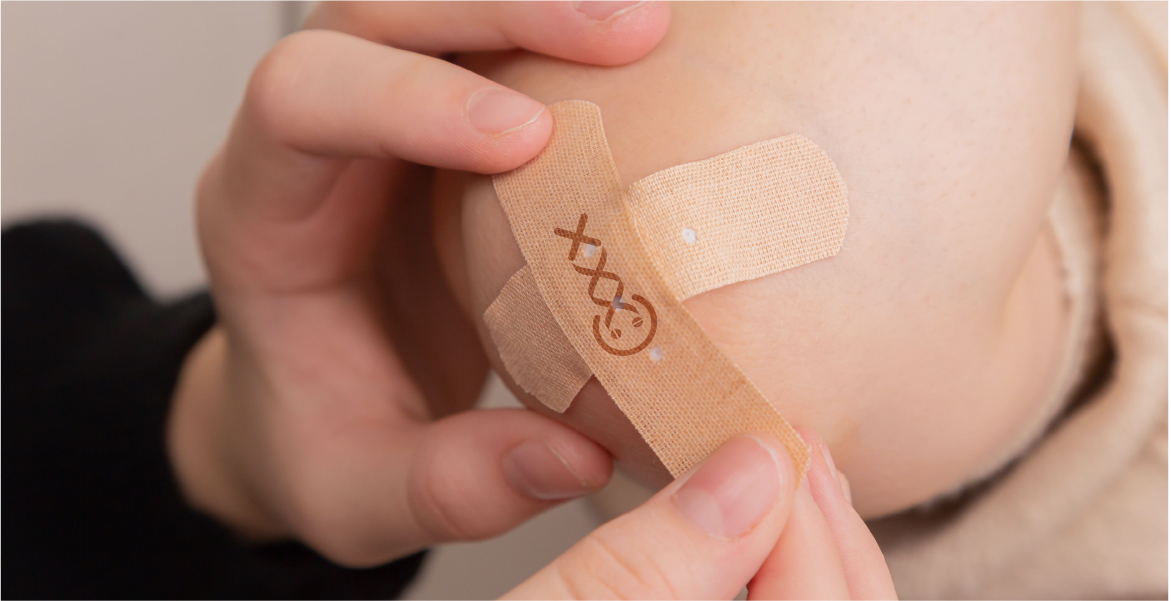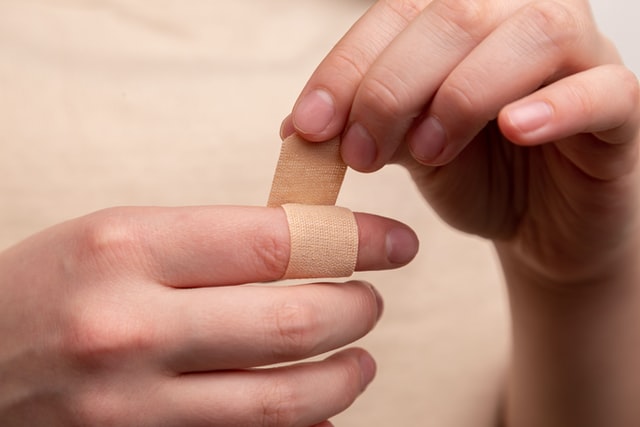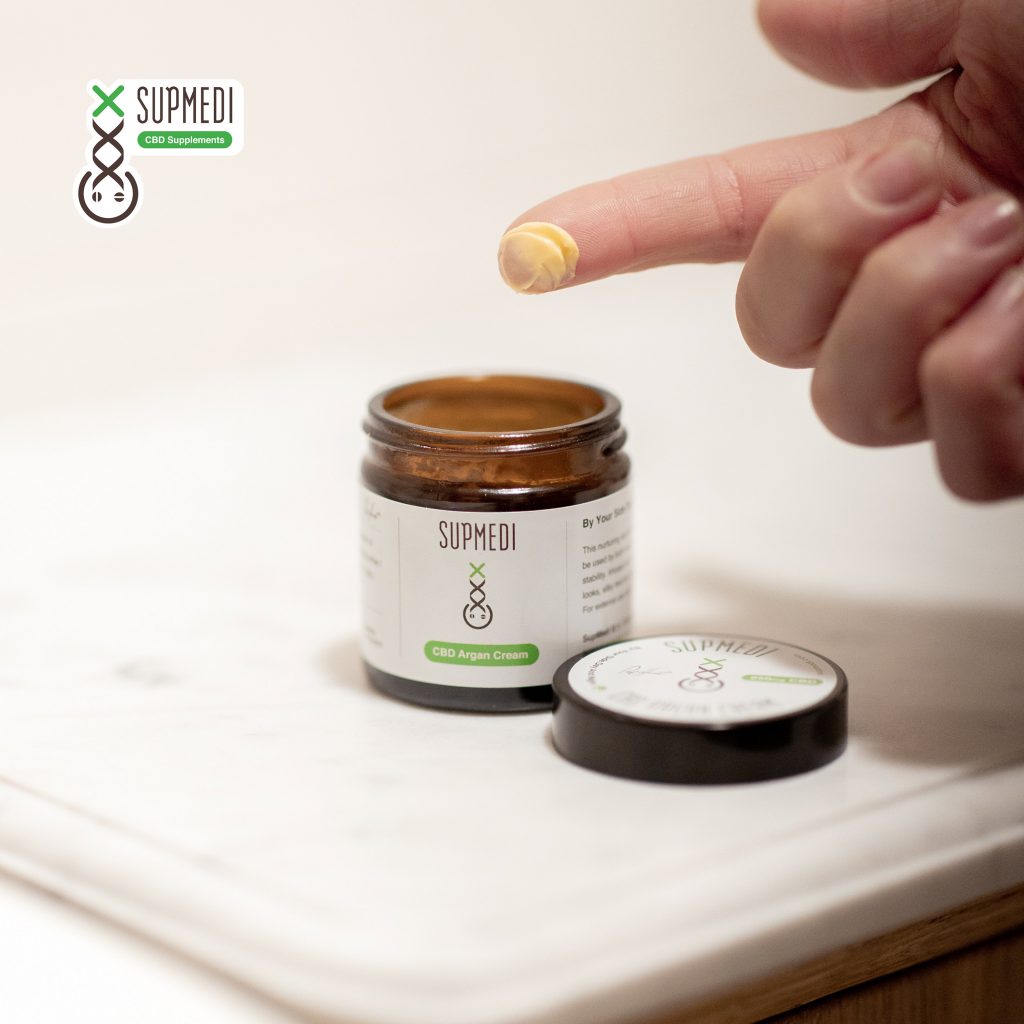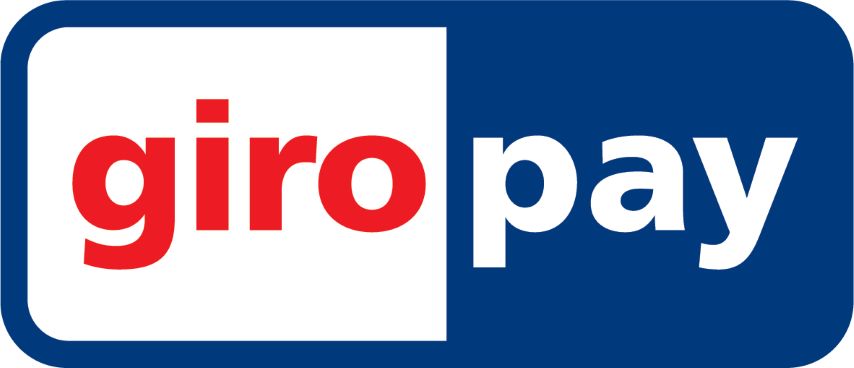
CBD Oil For Cuts And Scratches
17 December 2021Our skin is an extraordinary organ: it forms the barrier that shields us from external influences like bacteria, viruses, and fungi, as well as heat and cold. Still, this barrier can be vulnerable. Cuts that damage the skin can be painful and lead to infections and scars. CBD Oil can help treat cuts: it has analgesic and anti-inflammatory properties. If you have scratches, cuts, grazes, or minor burns, then CBD Cream or Salve can be good to have around, too.
Can CBD Help Treat Cuts And Scratches?
Your skin is sensitive – and that’s a good thing! It allows you to feel what you grab and to touch another person ever so softly. However, as soon as you cut yourself, you really start to notice how full of nerves your skin actually is. Just think of the infamous ‘paper cut’ for a cringeworthy example. Damaged skin can be very painful and have pretty negative consequences. We can distinguish several types of injury:
- Cuts and scratches damage the top layer of the skin. This can cause bleeding. Deeper cuts, such as those made by knives, can cut through all skin layers at once. Deep cuts require treatment by medical professionals;
- Burns are caused by heat and cause reddened, swollen skin and blisters. More severe burns can turn the skin white or black. Burns are divided into first, second, and third degree categories;
- Scars: wounds can turn into scars after they heal. Initially, scars can appear red and swollen. They fade over time, but some scars remain visible permanently. Scars can cause symptoms of their own, including itches and pain.
Taking proper care of injuries such as those above is important. It can reduce pain as well as speed up recovery, thereby limiting risks of infection and scarring. CBD products intended for topical use, such as CBD Salve or Cream, can prove helpful in treating cuts and related injuries.

What Happens When Cuts Heal?
Suppose you cut your finger while chopping leeks in the kitchen. It’s not a serious injury, so you slap on a band aid and continue cooking. You do feel some pain over the course of the evening and the following day, but when you remove the band aid, you see a scab covering the cut. A few days later, the scab falls off. Although you never stop to wonder at what just happened, your body has done an amazing job at healing your skin!
Repairing damaged skin requires a multitude of processes to run smoothly together, while various types of cells cooperate. Healing goes through four stages: first, the blood starts to clot, then ignition processes follow, after which regeneration occurs, finally followed by maturation. Different activities can be observed at the cellular level throughout each stage.
Blood Clotting
Cuts always involve lesions of blood vessels and nerve endings. Your body’s first priority is to stop any bleeding. It does so by local vasoconstriction (narrowing blood vessels) and the clotting or coagulation of blood platelets. A substance called fibrin covers the cut in a mesh-like structure to which platelets, blood cells, and proteins cling. This creates the scab needed to cover the wound.
Inflammation
Inflammation is how the body reacts to injury, signalling immune cells to convene on the trauma location. Inflammation is painful and the cut feels tender, but your body is working hard on the healing process.
Regeneration
After a few days, regeneration starts. New cells, collagen, and other tissues are generated to replace damaged cells. Blood vessels and nerves start to make new connections.
Maturation
A cut is considered fully healed once it has closed and all the underlying tissue has healed. The spot is still tender and scar tissue may have formed. The cut will continue to mature for several weeks. Any remaining scar tissue will soften and become less visible over time.

CBD Oil: For Cuts, Against Infection
If you are cut, you’ll want the wound to heal as soon as possible. Speedy recovery will quickly reduce risks of infection and chances of scarring. CBD Oil can help cuts heal in several ways. A cream or salve containing CBD contains the cannabinoid cannabidiol, which can help promote wound recovery by means of the endocannabinoid system (ECS).
Research shows that CBD has anti-inflammatory properties, which can help the recovery process proceed to the next step and start producing new tissue. CBD can also help ease the pain, which can bring real relief to children and adults alike. Another important factor is wound recovery is keeping the place of injury free from bacteria and other harmful organisms. CBD can have antimicrobial properties if applied to damaged skin, as recent studies indicate. CBD is also being investigated for its antibacterial and antibiotic capacity, including its effectiveness against multi-resistant ‘superbugs’.
CBD Oil And Salve: First Aid For Cuts?
CBD Oil can offer multiple advantages for cuts and injury recovery. It helps protect the skin whenever natural defences come under pressure, and it can improve the skin’s capacity for recovery. Choosing a product based on natural ingredients is important, however. Salve applied to damaged skin should not contain harmful substances, as these could end up in the bloodstream. Choose a natural product based on pure CBD Oil ingredients, such as CBD Argan Cream or CBD Argan Salve by SupMedi. These contain only skin-friendly and pure ingredients that help restore your skin’s delicate natural balance.
These special CBD skincare products based on cannabidiol and organic argan oil help wounds recover faster as well as supporting a soft, vital, well-hydrated skin. That makes a jar of CBD Argan Salve a highly useful CBD topical for local application: perfect to keep close at hand as a first aid for cuts and minor injuries!







